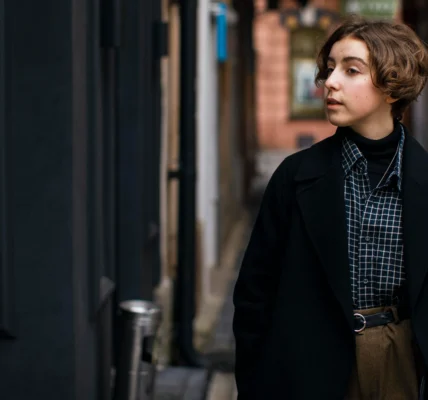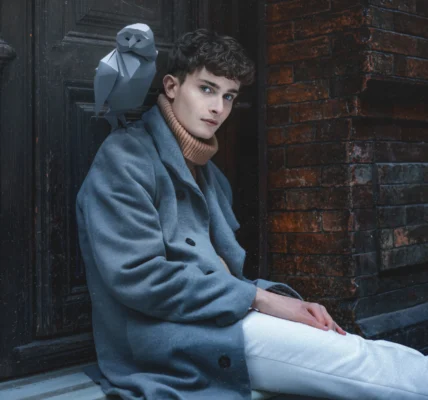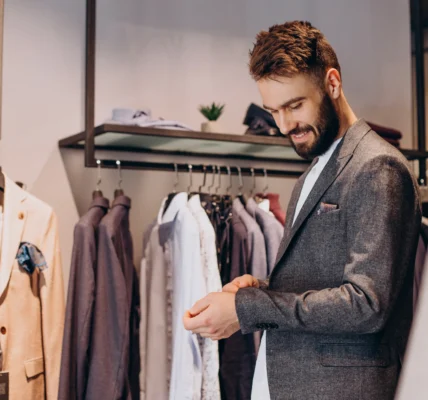The 18th century produced one of the most playful and extravagant looks in clothing history. Known as rococo fashion, this style captured the spirit of a society that valued art, wit, and pleasure. It was a style that originated from France but as it travelled to different parts of Europe, it made the people of the continent wear fashionable and elegant clothes on an everyday basis.
In these and many other places, silk was the in thing; magnificent palaces were lit only by candles and pastel shades were very much in vogue. Besides these places, in every corner of the world, one could also hear the sound of ribbons and see the beauties they made in these and many other places.
From Baroque Grandeur to Rococo Grace
Rococo fashion grew out of the heavy, formal Baroque style of the late 1600s. When Louis XV came to power in France, the court wanted something lighter and more charming. Artists and designers shifted toward delicate curves and playful ornament.
Madame de Pompadour, the king’s well-known mistress, was the first to initiate and popularize the new fashion idea which is still very much like what we today call Parisian fashion. This seismic period in fashion history was not only limited to France but also extended to England, Italy and the German-speaking territories where the aristocrats welcomed the newly found calmness and lightness.
Signatures of the Style
At the heart of rococo fashion were soft colors and luxurious fabrics. Powder blue, rose pink, and creamy ivory replaced the dark shades of earlier decades. The time of gloomy colors of the era had already passed. Visit here to explore surviving examples in museum collections that show how these hues came alive in silk and lace. The silk, satin, and taffeta that women wore enabled the dressmakers to decorate the skirts as they pleased.
The pannier skirts that were popular among them were so wide that the volume was balanced by the use of tight bodices. Laces that were used for sleeves often had edges that would spill over the wrists, and in addition to these ribbons and floral embroidery were also there to add up the charm. The whole thing was as beautiful as it was rich but it did not look heavy.
Instead of boring coats, they would wear vests that had embroidery on them, knee-length big pants and jackets which were called justaucorps. Nice lace cravats were used to surround the face. Jewels on buttons sparkled. Powder wigs and three-cornered hats that were worn completed the look and these two things along with each other were accepted as symbols of gentility not only in the court but also city life.
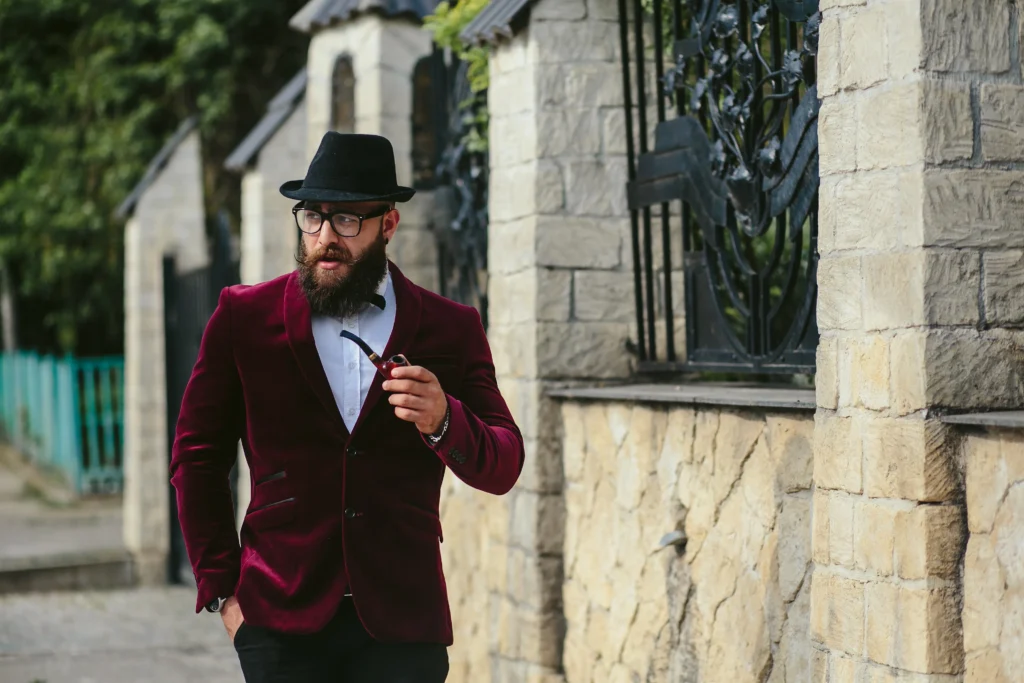
Women’s Clothing and Detail
Two gowns defined the era. The robe à la française flowed from the shoulders in loose back pleats that opened over a wide skirt. The robe à l’anglaise offered a closer fit and a slightly simpler silhouette. Both demanded expert tailoring and costly fabrics. Accessories carried social meaning: fans for flirtation, gloves for respectability, and parasols to guard pale complexions. Hair rose high on padded frames and often carried feathers, flowers, or tiny figurines.
Accessories and Symbolism
Beyond clothing, perfumes and cosmetics reinforced the aura of luxury. The necks and ears shone with pearls and cameos. Lovers of the time used fans with painted pastoral scenes as one of their means of communication, just silence was the rule. And even the shoes, most of the time silken with small heels were in perfect harmony with the outfit having the same color and trim. None of the items was used only for beauty purposes but also for social signaling, i.e., for showing riches, good taste, and a circle of friends.
Influence Across Europe
Though Paris led the way, rococo fashion traveled quickly. The Austrian empress Maria Theresa was the style’s fan, and the English aristocracy took on its light fabrics and powdered wigs. Artists, for instance, François Boucher, associated its concept with face and decorative arts. Furniture, architecture, and clothing had the same mutual affection for curves and flowers, thus forming a cultural language that was complete.
Decline and Lasting Impact
By the late 1780s, political change ended the party. The French Revolution uprooted the waste of the aristocracy, and a preference for Neoclassical soberness came instead of ruffles and bows. Nevertheless, rococo fashion’s impact was lingering. From Christian Dior to today’s couture houses, designers of the past are continually inspired by the pastel hues and elaborate details of rococo.
Modern Echoes and Styling Ideas
Today, elements of rococo fashion appear in bridal wear, cosplay, and high-fashion runways. It is not necessary that one should be dressed in a lace blouse, a pastel jacket, or wearing an ornate hairpiece just to show that one belongs to the 18th century because these can be used as references of that period without giving away the look as a costume. One can wear modern casual with one statement piece and enjoy the wonderful effect of the outfit being a style that is both fresh and a tribute to its history.
Benefits and Drawbacks
The appeal of rococo fashion lies in its artistry. Each garment celebrated craft, from hand embroidery to delicate lacework. Wearing such clothing was a way to stand out and express individuality. Yet it came at a cost. Wide skirts restricted movement, and the expense of fabrics kept the style limited to the wealthy. The constant need for skilled maintenance also made it impractical for most people.
Costs and Timelines for Modern Recreation
Re-creating authentic rococo clothing today depends on materials and workmanship. A custom gown or tailored men’s suit made with period-accurate silk and lace can take several weeks to several months to complete. Costs range widely, from a few hundred dollars for simple modern adaptations to several thousand for museum-level reproductions. Those interested in historical reenactment or couture commissions should plan for multiple fittings and specialist labor.
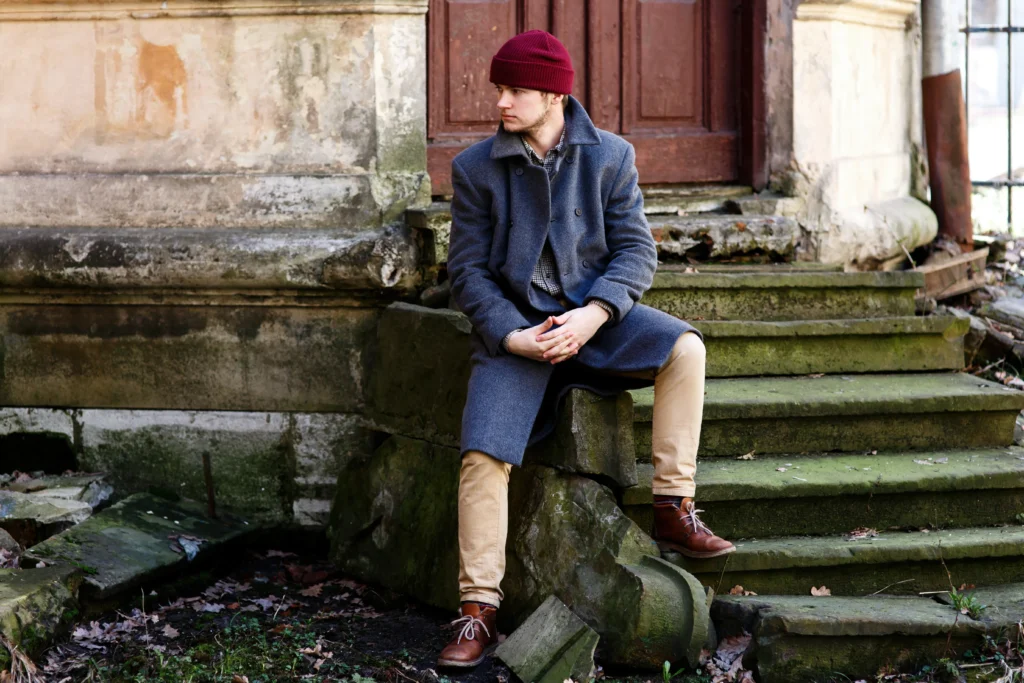
Frequently Asked Questions
What fabrics define rococo fashion?
Silk, satin, and taffeta were common, often decorated with lace and embroidery.
Was rococo fashion only for the rich?
Yes, true rococo garments required expensive materials and skilled dressmakers, limiting them to the aristocracy and wealthy bourgeoisie.
How is rococo different from Baroque style?
Baroque clothing favored dark colors and heavy forms, while rococo embraced lighter shades, playful shapes, and delicate ornament.
Can I wear rococo-inspired clothing today?
Yes. Designers and hobbyists often create modern pieces with lace trims, pastel colors, or pannier-style skirts. Even a single accessory can add a rococo touch.
How long does it take to make a rococo dress?
A fully detailed gown may require weeks of work, especially if hand embroidery or custom fittings are involved.
Final Thoughts
Rococo fashion remains one of the most enchanting chapters in clothing history. Its light fabrics, pastel tones, and intricate details captured the joy of an era that celebrated beauty and pleasure. Whether admired in museum collections or reimagined on modern runways, the style continues to inspire anyone drawn to elegance and artistry.


